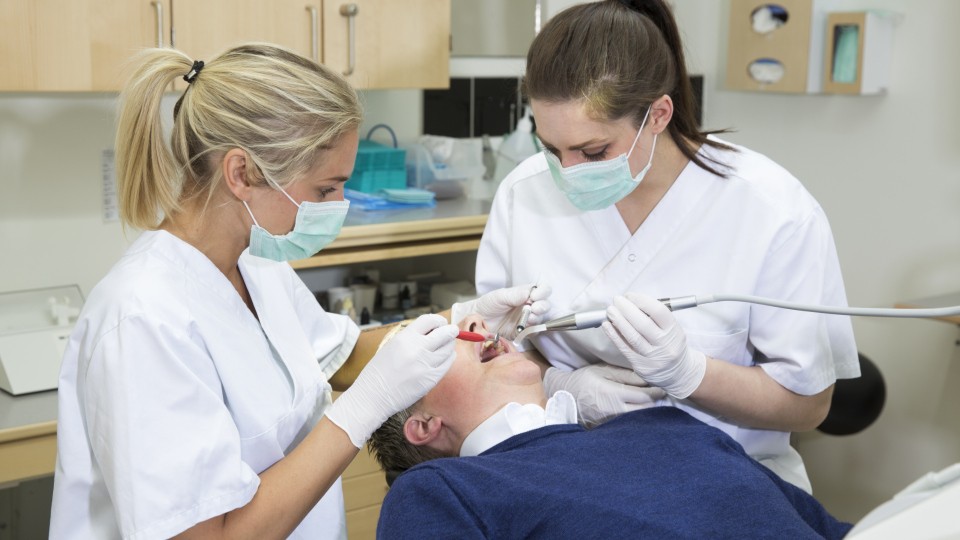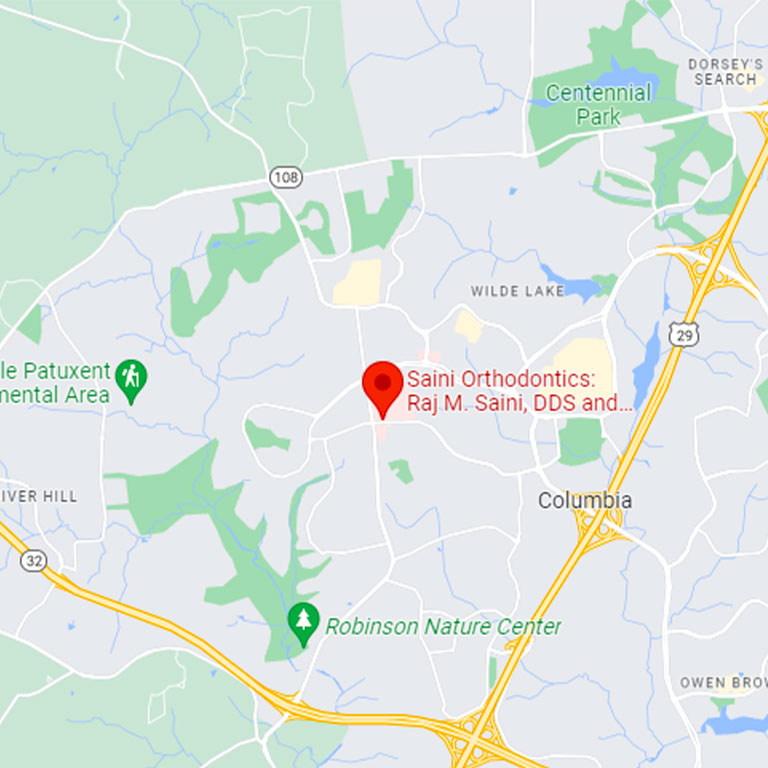Better Protection for Online Orthodontics Patients

It’s no surprise that the rise of online medical services has spread to orthodontics. Mail-order companies promise a quick and easy process for straightening teeth with clear aligners from the comfort of your home. However, ordering aligners online may come with serious safety concerns and reduced quality of care.
Thanks in part to the tireless efforts of the American Association of Orthodontists, several states are taking important steps towards protecting patients from insufficient or even harmful online services.
Safety Concerns with Mail-Order Aligners
Some mail-order orthodontic companies claim that teeth straightening is only a cosmetic procedure. But when it comes to aligning teeth, even relatively straightforward can cases involve complex dental care that requires in-person supervision by trained professionals.
When used improperly, clear aligners can cause permanent harm like loose teeth, damage to roots of teeth, and trouble with chewing or other functions of the mouth.
“’We continue to hear and remain concerned about the harms that mail-order orthodontic treatment models may cause without an initial in-person examination, without x-rays specific for treatment, and the inability for patients to correct problems or contact the doctors overseeing their cases,’” says Trey Lawrence, AAO CEO, in a recent press release. The AAO went on to state “the only way to effectively evaluate a patient for orthodontic treatment is in-person: through a physical examination, x-rays and periodontal assessment.”
Working with mail-order providers can also leave patients vulnerable to sudden loss of care. SmileDirectClub customers, for example, were left in the lurch when the company filed for bankruptcy last year.
As we’ve noted before, when licensed orthodontic practices close, laws like those in Maryland require practitioners to transfer patients to another qualified care provider. However, online orthodontic patients are often not covered under these protections.
New Legislation Protecting Patients
AAO members across the country are advocating for more effective regulation of online dental services, including mail-order teeth aligners, resulting in new legislation in several states.
Nevada AB147 is a landmark piece of legislation that went into effect on May 1, 2024. This law made Nevada the first US state to require “…an in-person visit before the patient begins using [an] orthodontic appliance.” Despite being met with heavy opposition from mail-order orthodontic lobbyists, the bill was signed into law in June of 2023.
Meanwhile, Florida bill HB855 provides several protections for patients receiving dental care online. The law mandates in-person dental examinations and “a dentist of record to remain primarily responsible for all dental treatments for a patient treated through telehealth”. Additionally, advertisements for telehealth dental services must include an appropriate disclaimer. The bill was approved by Gov. Ron DeSantis on May 30 and goes into effect in July of this year.
Finally, in Illinois, SB2586 was recently approved by both state legislative houses. This update to the Illinois Dental Practice Act will provide revised definitions of “patient of record” and “teledentistry” as well as better specifications on who can provide which dental services online.
Everyone deserves the best possible medical care and that includes your teeth! If you’re considering orthodontics for yourself or your child, it is always best to start with an in-person consultation with licensed orthodontists. Contact us to set up your initial appointment today!



